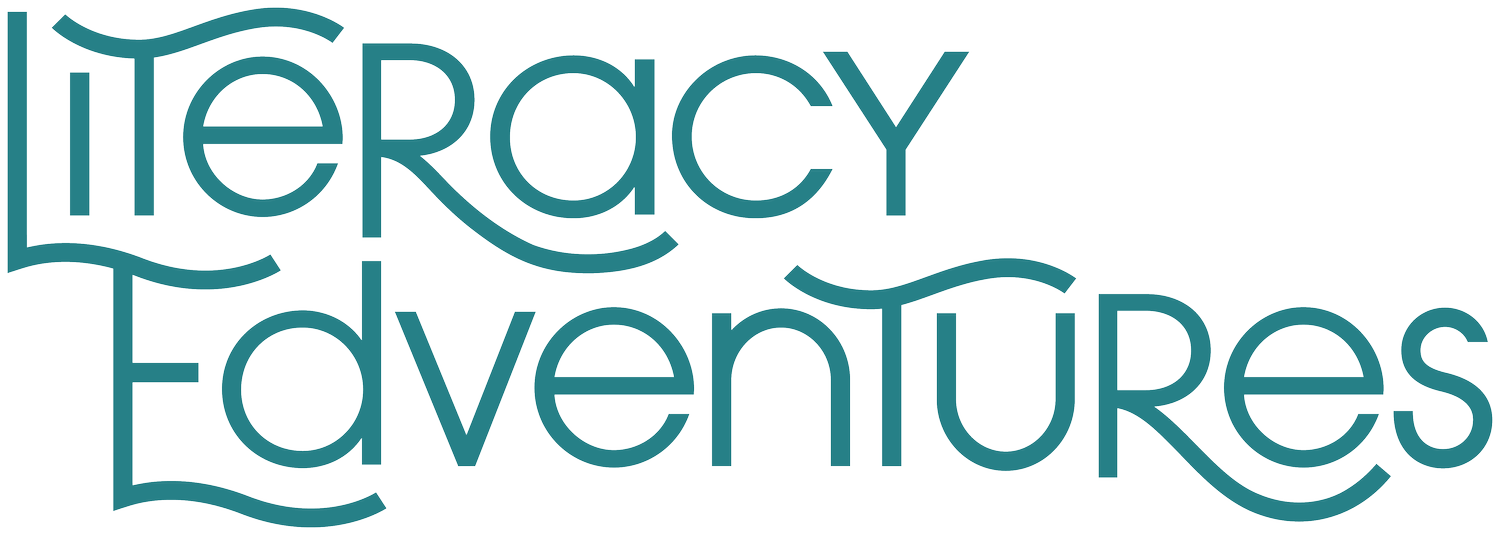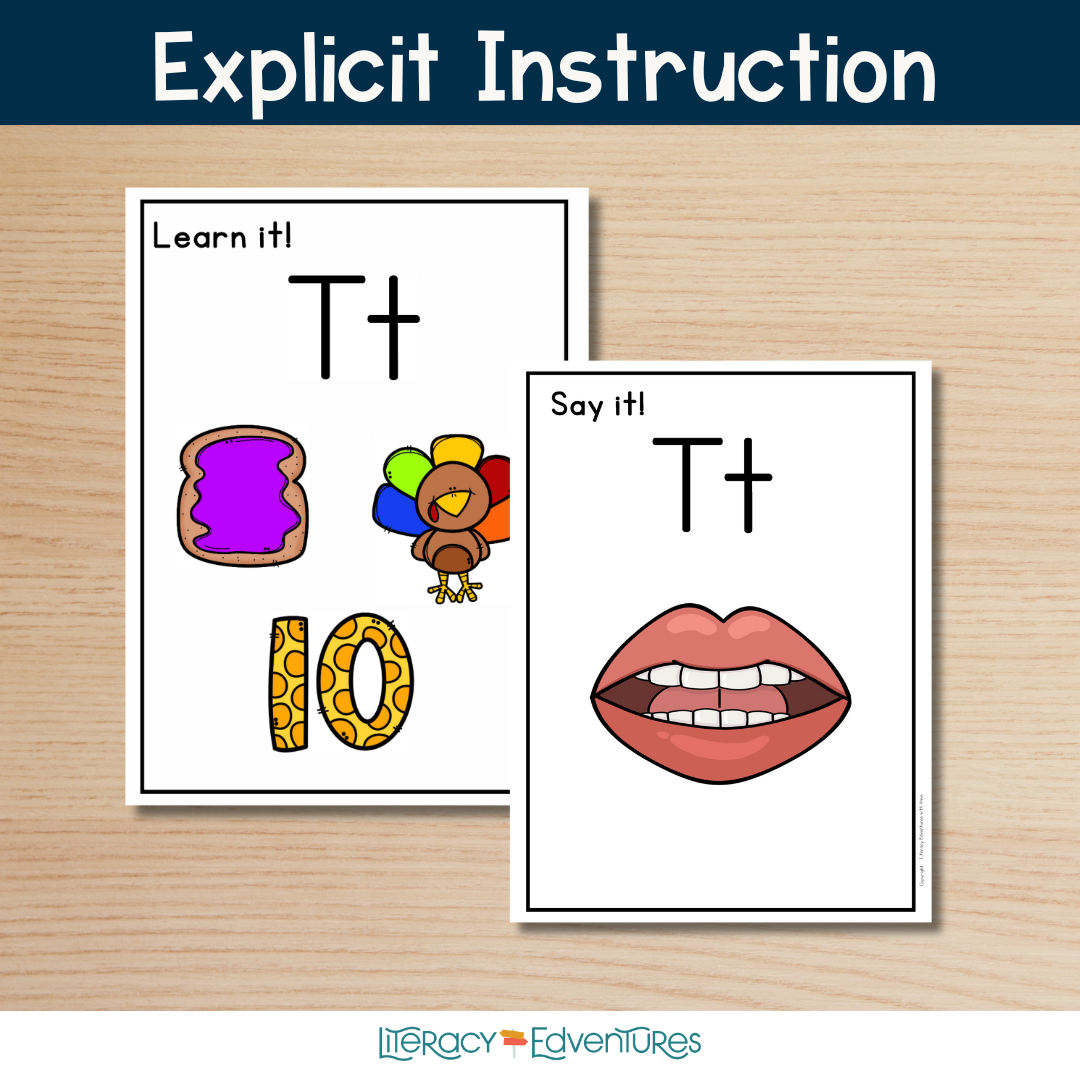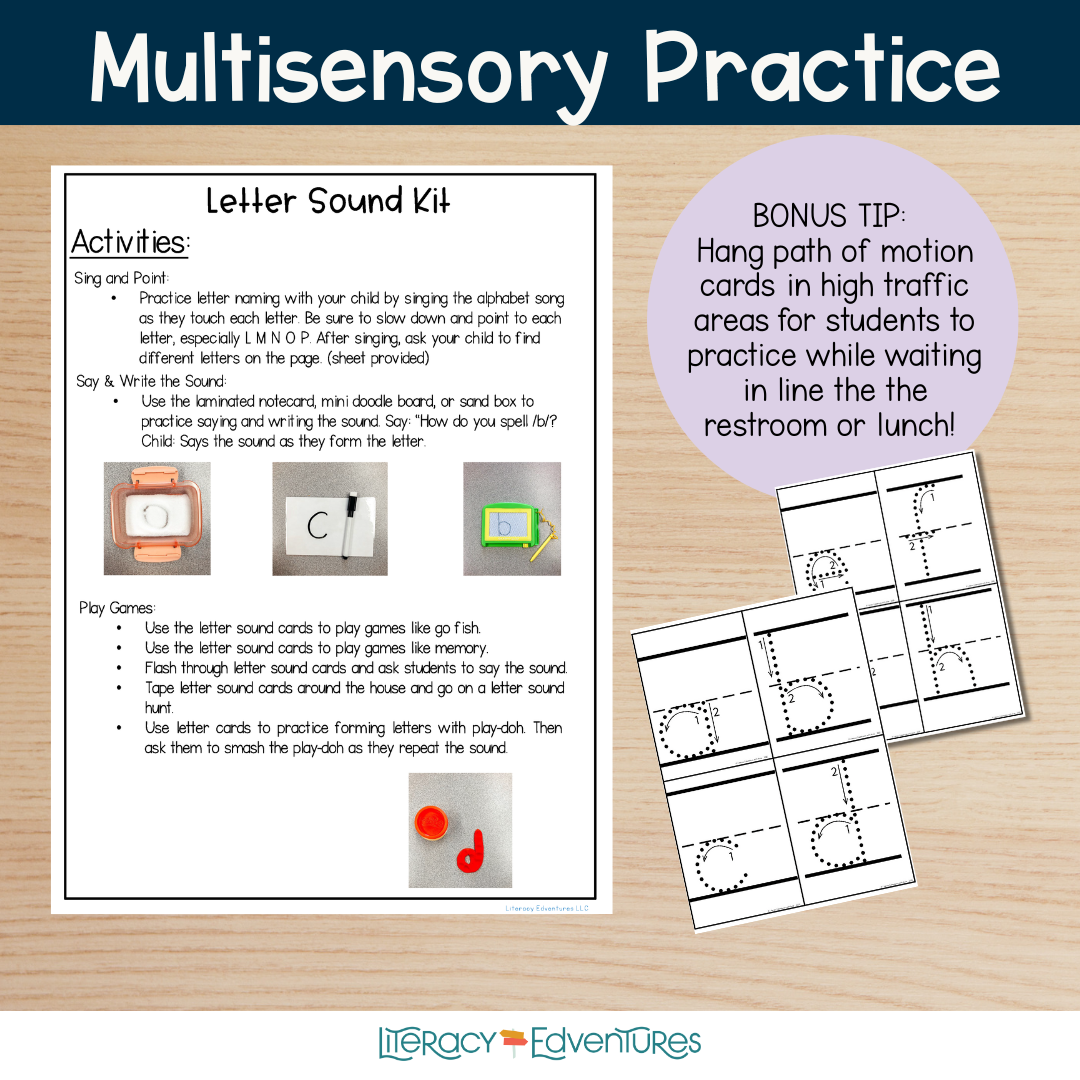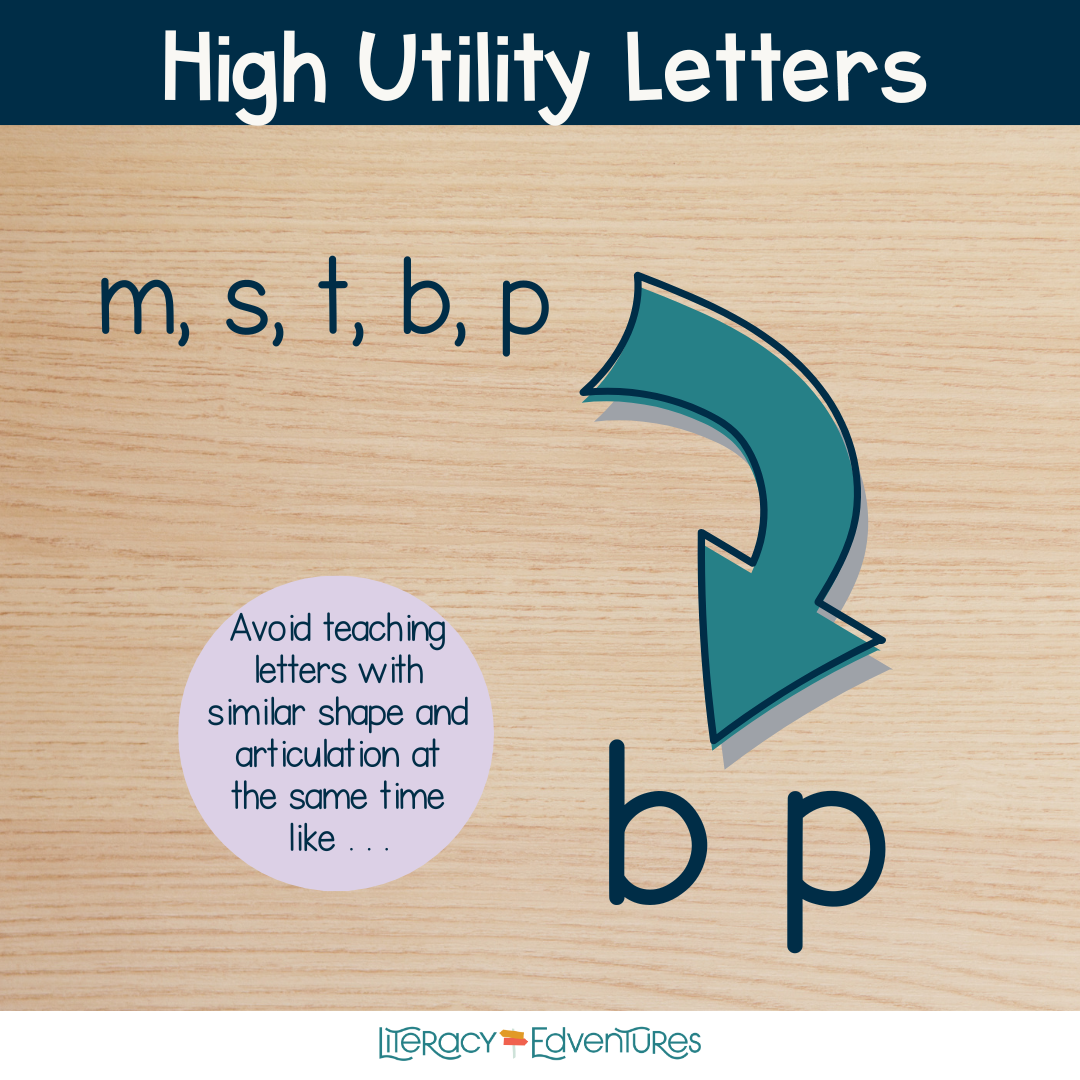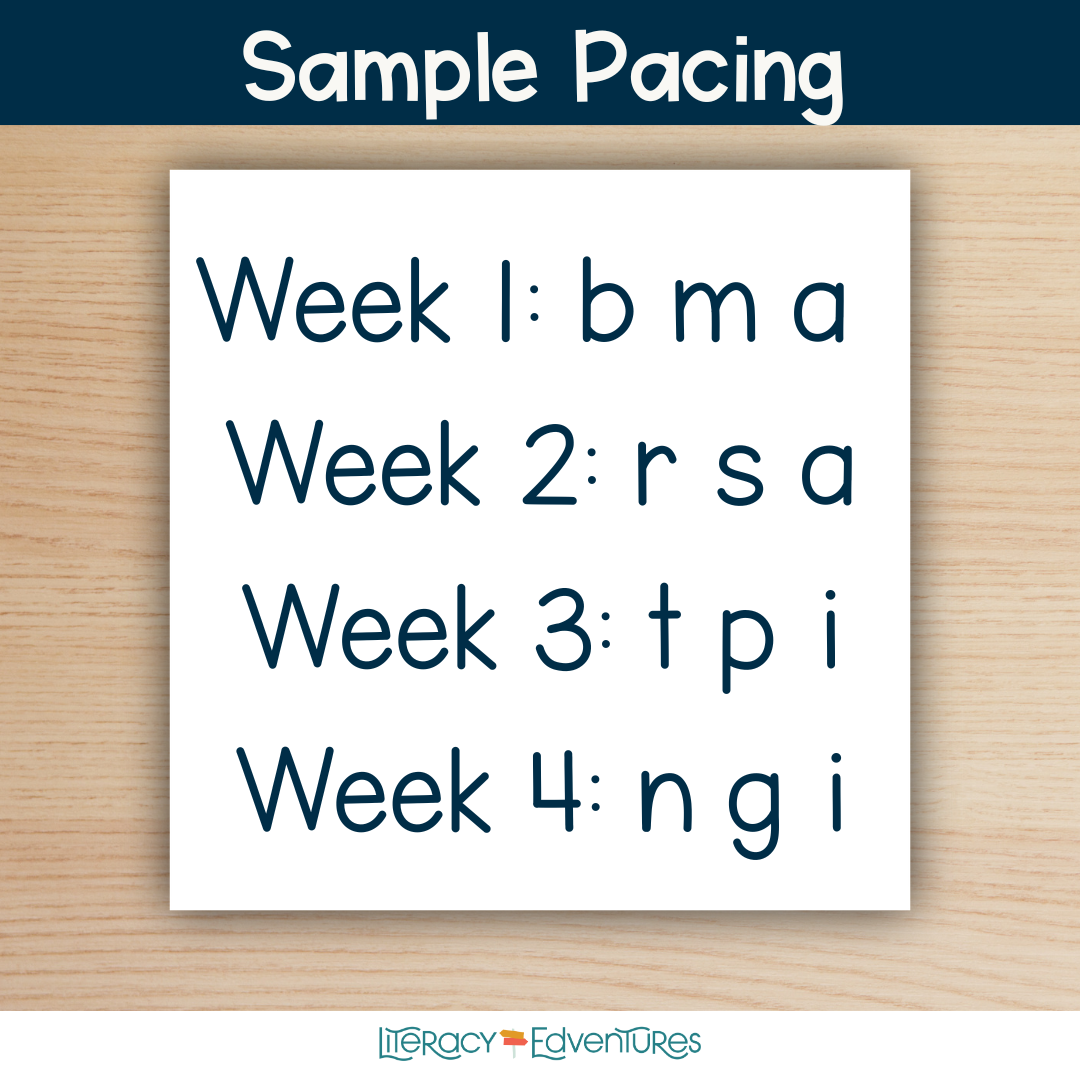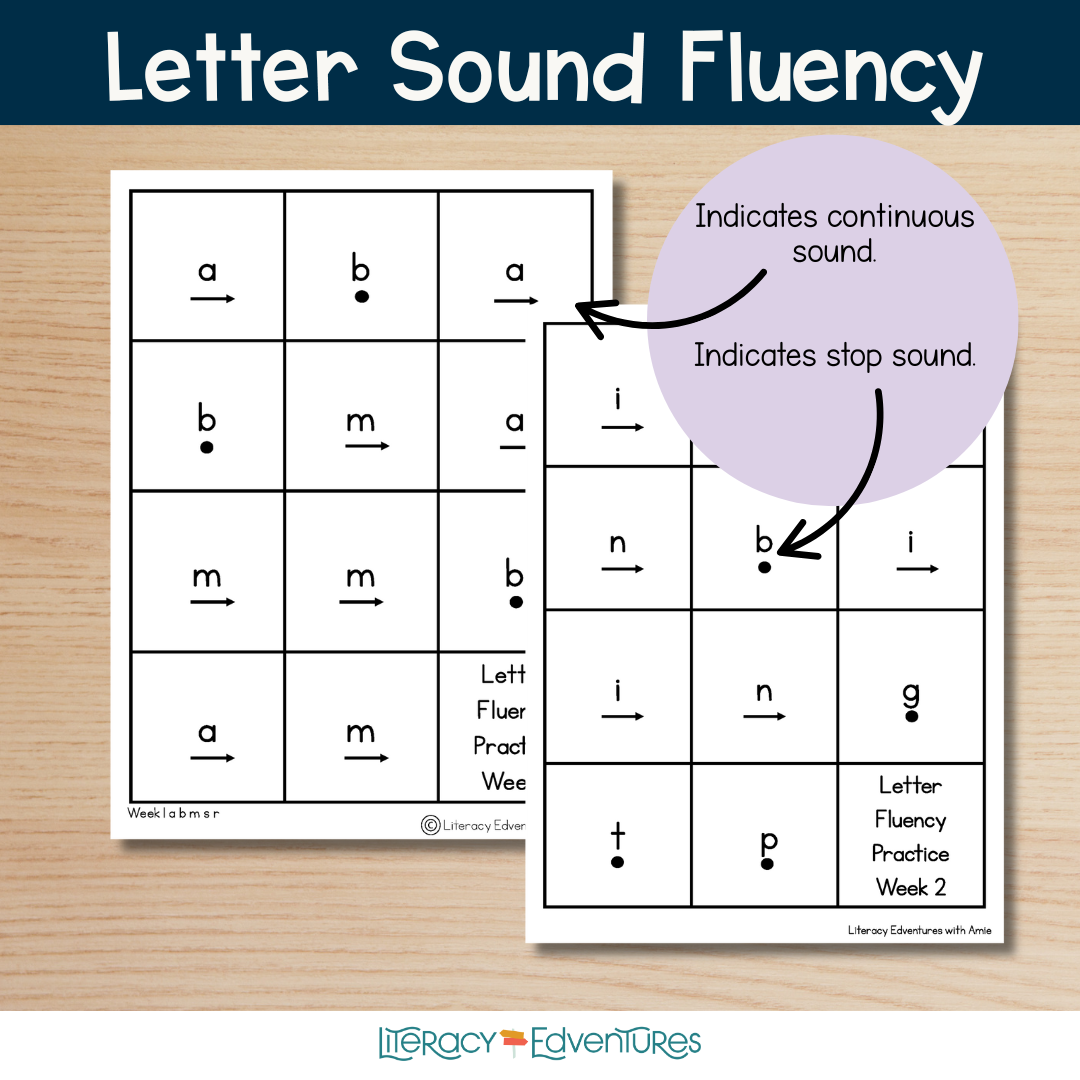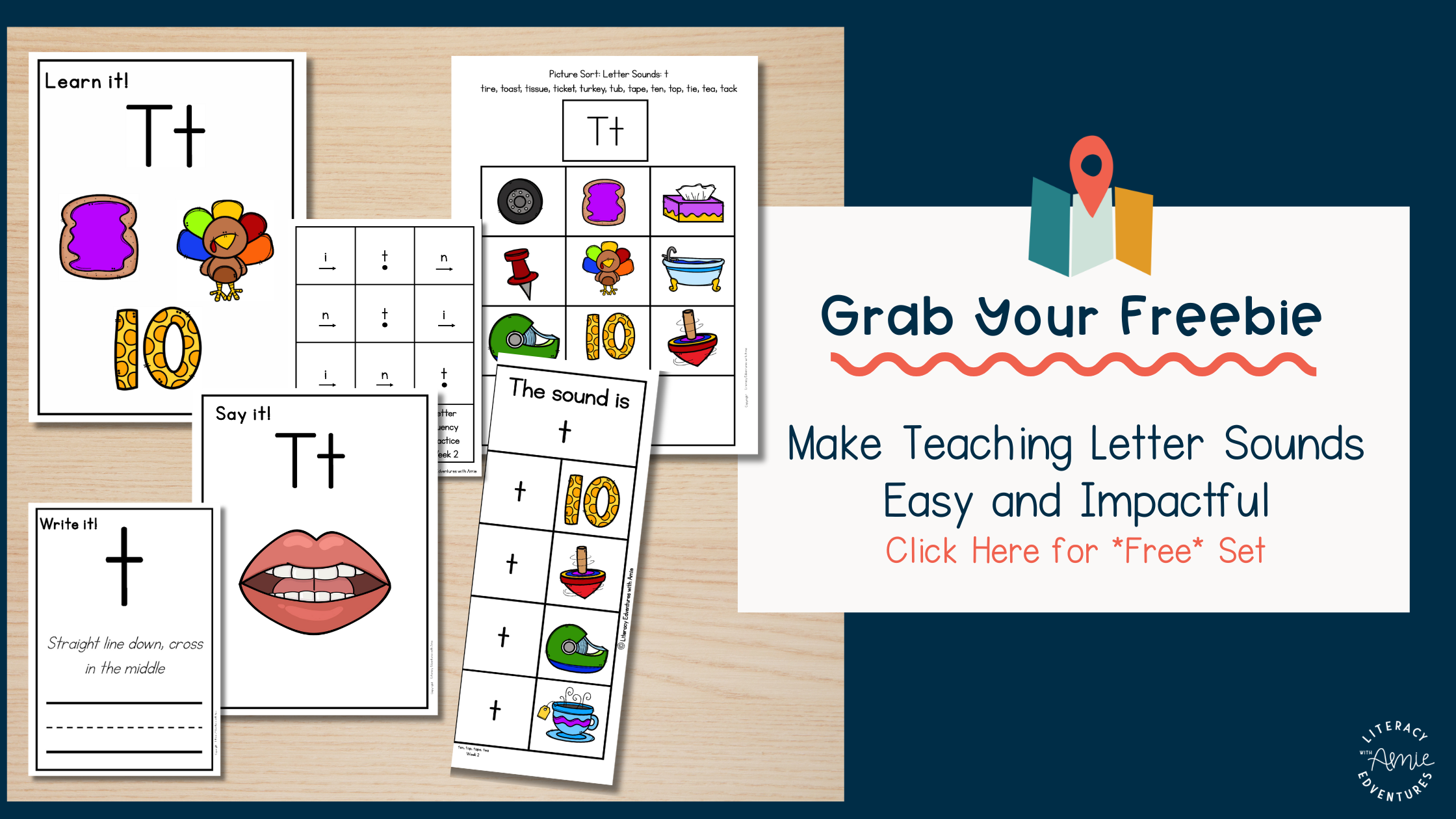Teaching Letter Sounds: 8 Research-Backed Strategies That Actually Work
If you’ve ever wondered how to make letter-sound instruction more effective, engaging, and rooted in what we know from reading science, you’re in the right place. In this post, we’ll break down eight essential strategies for teaching letter sounds in ways that align with research and are effective in real classrooms.
Whether you’re a classroom teacher, interventionist, or homeschool parent, these practical strategies will help your students connect letters and sounds in powerful, lasting ways.
Why Teaching Letter Sounds the Right Way Matters
Letter-sound knowledge is one of the best predictors of early reading success. When students can quickly and accurately connect letters to their corresponding sounds, they are able to decode, spell, and read more confidently. But not all approaches to teaching letter sounds are equally effective.
In Literacy Unlocked, I share how small changes in how we introduce and practice letter sounds—especially when grounded in research—can unlock tremendous growth. The 8 strategies below are research-backed and classroom-approved.
1. Teach Letter Names and Sounds Together
Some programs separate letter names and sounds, but research tells us: teaching them together leads to faster letter-sound acquisition. Letter names often contain cues to the letter’s sound (e.g., the letter T says /t/ and is called “Tee”), giving students an extra memory hook.
In Literacy Unlocked, I call this pairing “name-sound anchoring,”—where we strengthen memory by linking both pieces right away.
Say the name and sound clearly: “This is Tt. Tt says /t/.” Then have students repeat both. This dual exposure supports stronger encoding and decoding later.
2. Use Multi-Sensory Routines to Reinforce Learning
Multi-sensory doesn’t mean fancy or complicated. It means engaging more than one sense while learning a concept. For teaching letter sounds, that could look like:
Tracing sandpaper letters while saying the sound
Skywriting the letter in the air with large arm motions
Using songs or hand motions to connect sound to symbol
As I describe in Chapter 3 of Literacy Unlocked, multisensory routines make abstract sounds stick. They create more pathways in the brain—and for many students, that means better retention.
3. Prioritize High-Utility Letters First
Start with letters that are most useful and accessible. Focus on:
Consonants that appear often in early CVC words (e.g., m, s, t, b, p)
Sounds that are distinct and easy to articulate
Avoiding look-alike and sound-alike letters back-to-back (like b/d or f/v)
In Literacy Unlocked, I include my go-to order for introducing letters based on frequency, articulation, and usefulness in early decoding.
4. Teach Uppercase and Lowercase Strategically
Students tend to see and learn uppercase letters first, but most print in books is lowercase. Rather than choosing one or the other, introduce both forms together.
Say: “This is uppercase M and this is lowercase m. They both say /mmm/.”
This dual introduction reduces confusion later. In the book, I also show how visuals and matching routines help reinforce both forms without overwhelming students.
5. Provide Meaningful Practice Opportunities
Practice should feel connected to real-life language and learning—not just isolated drills. Try activities like:
"I Spy" with sounds ("I spy something that starts with /t/")
Picture sorting by initial sound
Alphabet journals where students draw or paste things that start with the sound
These kinds of meaningful routines are covered throughout Literacy Unlocked, where I provide prompts, printable tools, and routines that require little prep but yield big engagement.
6. Embed Letter Sounds into Daily Routines
Don’t save letter sound instruction for one set time of day. Instead, weave it into transitions and routines:
Morning message: "Today is Tuesday. T says /t/."
Line-up game: "If your name starts with /m/, line up!"
Storytime: "What sound does the word 'ball' start with? That’s right—/b/."
I share dozens of ways to do this in the book—especially helpful for those looking to make the most of short instructional windows.
7. Keep the Pace Moving
The old "letter of the week" model is too slow. Research shows that introducing 2-3 letters per week (sometimes more), with daily review, leads to stronger outcomes.
A faster pace helps students connect patterns, compare letters, and apply what they know to reading sooner. I’ve mapped out sample pacing guides and scaffolded review routines in Literacy Unlocked that make it doable for real classrooms.
8. Build Toward Automaticity with Review
Recognition needs to be quick and automatic. That’s where daily review routines come in:
Flashcard drills of all taught letters
Mixed letter-sound review games
Quick oral check-ins during centers or morning meetings
The goal isn’t just knowledge—it’s automatic recall. That’s what frees up cognitive space for real reading and writing. Chapter 4 in Literacy Unlocked dives into review routines that stick.
Final Thoughts on Teaching Letter Sounds
Teaching letter sounds doesn’t have to be overwhelming or overly rigid. With a few intentional shifts—and a healthy dose of research—you can create a literacy block that supports every learner.
Start with these 8 strategies, stay consistent, and remember: it’s the daily, purposeful practice that leads to lasting growth.

